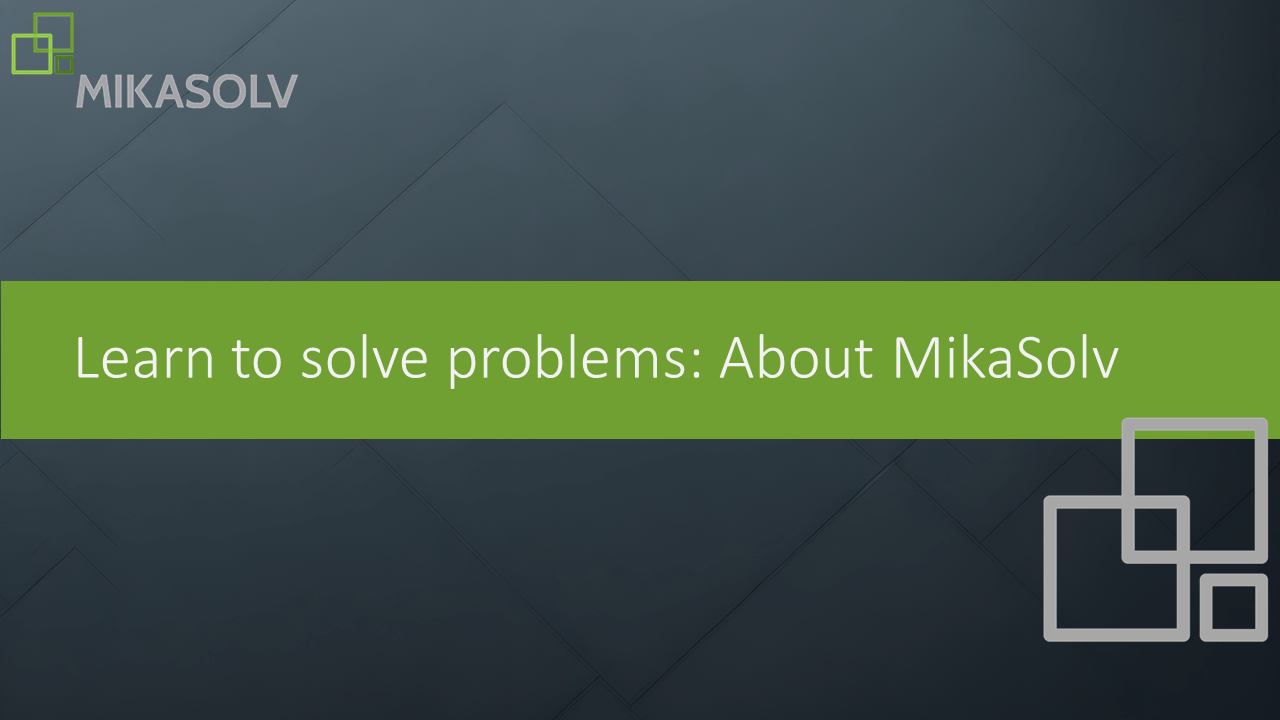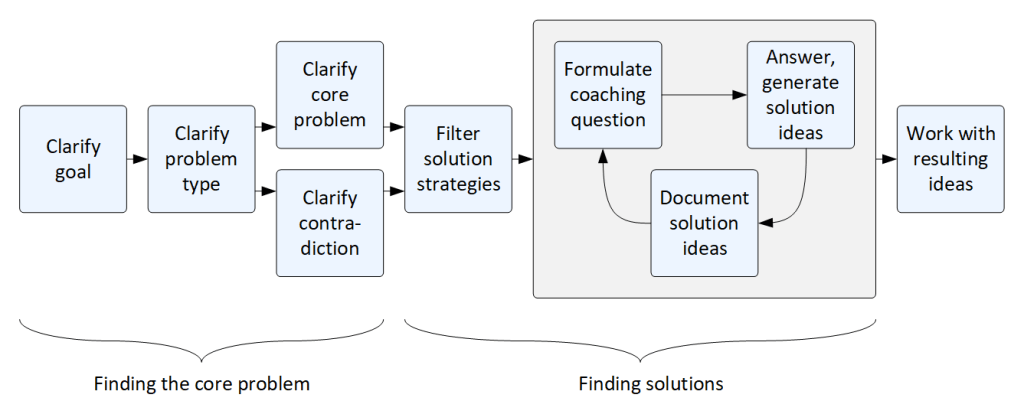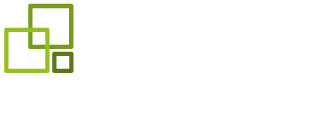Welcome to MikaSolv
In this section I will tell you step by step what is special about MikaSolv and how the method works. To do this, I first introduce the 5 methodological pillars or cornerstones that constitute the method. This is followed by a section on how the two central roles of the method work together: the method expert, who provides the framework, and the problem expert, who knows the details. Finally, we put on our process glasses and look at the individual steps we go through when we successfully apply the method.

The 5 "pillars" of MikaSolv
I would like to start by introducing the 5 pillars on which the method is built. These are the key features that characterize the method. Please do not confuse these 5 pillars with the 5 steps to find the core problem – that is something different.
[1] Recognize the simple, clear core of the problem
We identify the core problem by asking what the goal is – and what is currently preventing its achievement. The goal is expressed in a few keywords or a sentence.
[2] Utilize proven solutions
These solution principles typically come from completely different areas. In order to make them applicable to other areas, they are formulated in an abstract manner. For example, we talk about removing a filter or using bait. However, what is being filtered, what the bait is, or who it is intended to attract can vary in each specific case.
[3] Employ only the abstract solution principles that are likely to be applicable
From the long list of solution principles, only a selection of solution principles will be applicable to a given problem. Other principles – that are also part of the long list – will be unsuitable as they do not lead to the desired outcomes, but different ones. In some cases (e.g., when disturbed by noise), it is a clever move to create a barrier, while in others (e.g., when strengthening international collaboration), creating a barrier is counterproductive – here, removing barriers would be the appropriate approach.
The method supports quick sorting of principles in order to work with those that offer the greatest benefit in finding a solution.
[4] Formulate the solution principles as questions
From whom could you learn the best approach for your project? Who has already done something similar? Whom or what could you use as a multiplier to spread your message? What would change if you were to carry out your work in a completely different place? And what kind of place could that be?
[5] Pose these questions to a person who knows the details of the problem
The problem expert is one of the two essential roles represented in each Problem-solving session. In the next part, we will take a closer look at these two roles.
Taken together, all of these approaches form a method in which we collaboratively identify the right problems and find innovative, directly applicable solutions. As you can see, collaboration and role distribution are essential in this process. Now, let’s take a closer look at this topic.
The roles - problem expert and method expert
In every problem session, at least one person takes on the role of the method expert, and at least one person assumes the role of the problem expert.
The method expert is well-versed in the methodology. This person acts as a guide through the process aimed at finding the core problem, and identifies those solution principles that could lead to interesting solution ideas. They are skilled at asking questions that provoke creative answers. In essence, they provide the framework for effective problem-solving work.
The problem expert will often be personally affected by the problem discussed, but this is not a prerequisite. What matters is that they possess a good understanding of the specific problem at hand. This enables them to provide all the necessary information during the search for the core problem, to confirm the core problem as soon as it is found, to subsequently assess the relevance of solution-oriented questions, and to eventually answer them. Within the given framework, they provide all the content necessary for the problem-solving work.

Although it may be somewhat imprecise, I will use the term “problem expert” in the following to refer to both: the person who is highly knowledgeable about the problem – and the person who is personally affected by the problem and actively engages in the steps towards problem resolution.
Overview of the entire process

The entire process of the MikaSolv method takes us from an unstructured problem story – our starting point – to a list of promising solution ideas, which is our end result. The path consists of two parts. The first part aims to transform the unstructured problem story provided by the problem expert into a concise and precise core problem statement. The second part is focused on finding relevant and feasible solution ideas for this very problem.
Here, I summarize the entire process – both the problem part and the solution part. I present this summary in 6 steps. Please note that, although overlapping, these steps do not directly correlate with the 5 steps described in the problem part. Please do not confuse them. Having said this, the overall process consists of these 6 steps:
- Goal identification – In the given problem story, we identify a goal.
- Goal evaluation – We subject this goal to two evaluations. Firstly, we ask if there are alternatives to this goal that could be easier to achieve. Secondly, we assess whether the attainment of this goal is genuinely hindered. If there are no alternatives, and there is a genuine obstruction, we proceed.
- Core problem identification – We then determine what is currently preventing the attainment of this goal. This, in simplified terms, becomes our core problem.
- Solution principle identification – Once we have identified the core problem, we refer to our checklist of solution principles or the MikaSolv Coaching Card Deck. With knowledge of the nature of the core problem, we review all principles or cards and select only those whose application appears fundamentally meaningful. In other words, whose effect aligns with the direction we are aiming for. If the present case is about becoming more efficient, principles such as finding helpers, conducting a simulation, or providing necessary resources would make sense. However, if the objective in the present case is to withdraw, protect, and hide, the approaches just mentioned would not make sense, and would not be considered in our shortlist.
- After selecting our set of solution principles and having them at hand, we formulate open, thought-provoking questions and present them to our counterpart, the problem expert.
- All the questions that are deemed meaningful and interesting are then answered by the problem expert. The resulting ideas are documented and saved for later processing.
With the list of promising solution ideas facilitated by the method expert and generated by the problem expert through their insights, the goal of this problem-solving session is achieved. The subsequent processing may involve sorting, grouping, or prioritizing the solution ideas before initiating the implementation of the best ideas. Both the processing and implementation are important, but beyond the scope of this method.

Get the book!
My book “Problem Solving for Professionals” has all the details. I launched it in Summer 2022, and you can order it from Amazon.
